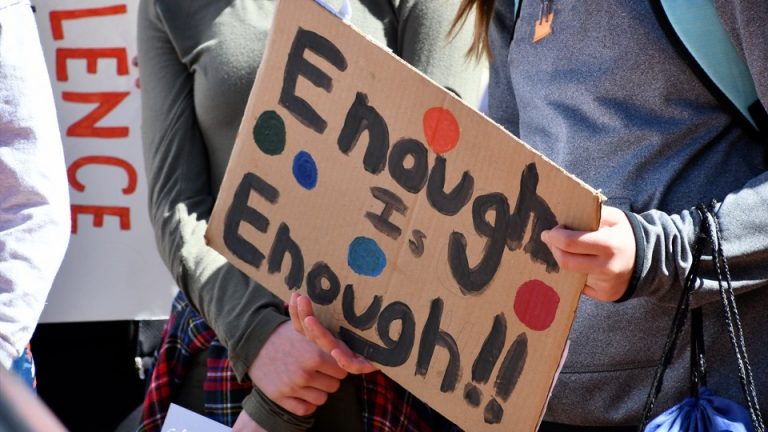Gun violence has been the leading cause of death of youth under age 20 in the United States since 2020, surpassing death from car crashes, cancer, and COVID-19. Centers for Disease Control and Prevention data reveals that 4,368 U.S. children and adolescents under age 20 died from firearms in 2020, with 64% by homicide and another 30% by suicide (5% of the deaths were unintentional or for an undetermined reason).
The recent tragedy at Robb Elementary School in Uvalde, Texas—the deadliest school shooting in over a decade—has brought gun violence and its profound impact on the health and well-being of children to the national forefront. As a result, the tragedy is forcing our nation’s leaders to reconsider how to end gun violence so children can be safe in their schools, homes, and neighborhoods. As a first step, 20 senators have struck a bipartisan framework to address gun violence. Their proposal would establish a rigorous process for background checks; aid states in implementing “red flag” laws that allow police officers, family members, coworkers, and other individuals to petition a state court to confiscate firearms from people deemed at risk of harming themselves or others; and increase investments in mental health resources for children.
Gun violence is a public health crisis and its threat to the physical and mental health of children cannot be overstated. Children exposed to gun violence sustain life-altering injuries that may end in fatalities or potential complications that affect their long-term health and well-being. A study published in the National Library of Medicine found that 52% of pediatric patients who sustained firearm injuries required a major operation.
Gun violence also takes an immense psychological toll on victims, their families, and their communities. Children and adolescents who survive gun violence are at increased risk of developing chronic post-traumatic stress disorder (PTSD), substance use disorders, anxiety, depression, frequent and intense nightmares, and intrusive thoughts and memories. Children who live in communities that have been affected by gun violence also may perceive the world as an inherently unsafe place and become hypervigilant, anxious, depressed, and hopeless, leading them to feel they are destined to die from gun violence as well. A study published in JAMA Pediatrics revealed that children who live within four to five blocks of a shooting make increased visits to the emergency department for mental health issues compared to children who live further away.
While people of all backgrounds can be victims of gun violence, guns disproportionately affect people of color. According to a report from the Children’s Defense Fund, Black youth had the highest gun death rate in 2019 (11.9 per 100,000) followed by American Indian and Alaska Native youth (6.4 per 100,000). A 2019 Everytown Research & Policy report additionally found that Hispanic children are three times as likely as non-Hispanic white children to die from gun violence. These racial and ethnic inequities are exacerbated by the fact that the youth who are most affected by gun violence are also those who historically face systemic barriers to healthcare and who are most likely to have no health insurance.
To adequately deal with the effects of gun violence on children, our national leaders must also address the long-standing youth mental health crisis. Rates of mental health challenges increased steadily between 2010 and 2020, and suicide has become the second leading cause of death for 10- to 24-year-olds. This increase in the mental health needs of children has led the American Academy of Pediatrics, the American Academy of Child and Adolescent Psychiatry, and the Children’s Hospital Association to jointly declare a national state of emergency in children’s mental health. This state of emergency has revealed both the mental health challenges facing children today and the deep-rooted racial, ethnic, and income inequity that makes it increasingly difficult for children to access care. As the twin crises of gun violence youth mental health collide, our national leaders must commit to protect all children from gun violence and ensure that all children have access to mental healthcare.
Our country cannot continue to grapple with this escalating tragedy of gun violence. As a bipartisan framework on gun violence moves through the Senate, Children’s Health Fund recognizes that it is an important step in addressing the gun violence crisis, and we hope for its passage. Much more must be done to protect the health and well-being of children in the midst of the gun violence crisis. Children’s Health Fund urges legislators to commit to increasing federally funded research and enactment of common sense gun laws. Gun violence must end so that children can grow, play, learn, and thrive in a country that is committed to keeping them safe and healthy.








